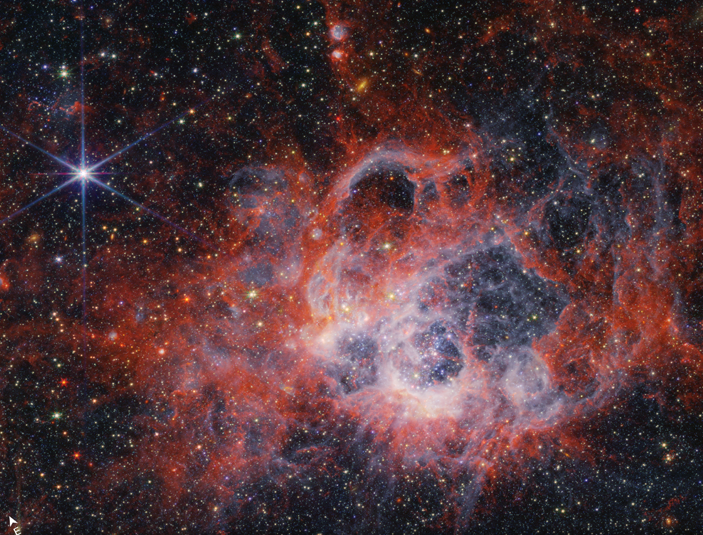Metastable hydrogen is a form of hydrogen that may exist under extreme pressure and temperature conditions, with theoretical and potential practical importance in areas like rocket propulsion and materials science. The concept, still largely at the theoretical and experimental stages, was initially proposed by Wigner and Huntington in 1935 as metallic hydrogen, suggesting possible properties like superconductivity and high energy density. Subsequent works, including those by Goncharov et al. (2012) and Ashcroft (2004), have explored metastable phases of hydrogen through theoretical calculations and review of its extreme pressure properties. Eremets and Troyan (2011) and Dias and Silvera (2017) have further discussed these phases’ properties and the metallic state transition under high pressures. The collection of these studies highlights the ongoing need for further research to fully understand metastable hydrogen’s characteristics and applications.
Here are a few notable works and papers that discuss metastable hydrogen:
- “Metastable metallic hydrogen” by Eugene Wigner and Hillard Bell Huntington (1935): This seminal paper proposed the existence of metallic hydrogen as a metastable state of hydrogen under extremely high pressure. The authors theorized that metallic hydrogen could exhibit properties such as superconductivity and high energy density.
- “Theoretical analysis of metastable phase formation in compressed hydrogen” by A. F. Goncharov et al. (2012): This paper presents theoretical calculations and simulations of metastable phases of hydrogen under extreme compression conditions. The authors discuss the potential stability and properties of metastable hydrogen phases, including their relevance to high-pressure experiments and astrophysical phenomena.
- “Hydrogen at extreme pressures” by Neil W. Ashcroft (2004): This review paper discusses the properties of hydrogen under extreme pressure conditions, including the possibility of metastable phases and their potential applications. The author provides insights into the theoretical and experimental challenges of studying hydrogen at high pressures and temperatures.
- “Hydrogen under extreme conditions: Phase diagrams, metallization, superconductivity, and high-Tc materials” by Mikhail Eremets and Ivan Troyan (2011): This review article explores the properties of hydrogen under extreme pressure and temperature conditions, including the formation of metastable phases and their potential implications for materials science and high-energy physics.
- “Observation of the Wigner-Huntington transition to metallic hydrogen” by Ranga P. Dias and Isaac F. Silvera (2017): While not specifically focused on metastable hydrogen, this paper reports experimental evidence of the transition of hydrogen to a metallic state under extreme pressure conditions, as predicted by the Wigner-Huntington theory. The authors discuss the implications of their findings for understanding hydrogen’s behavior at high pressures and temperatures.

